
CEE receives $1 million grant for campus solar project
The solar and energy storage system, to be built on the roof of the Goergen Athletic Center, will offset energy needs of a new office building south of Hutchison Hall.
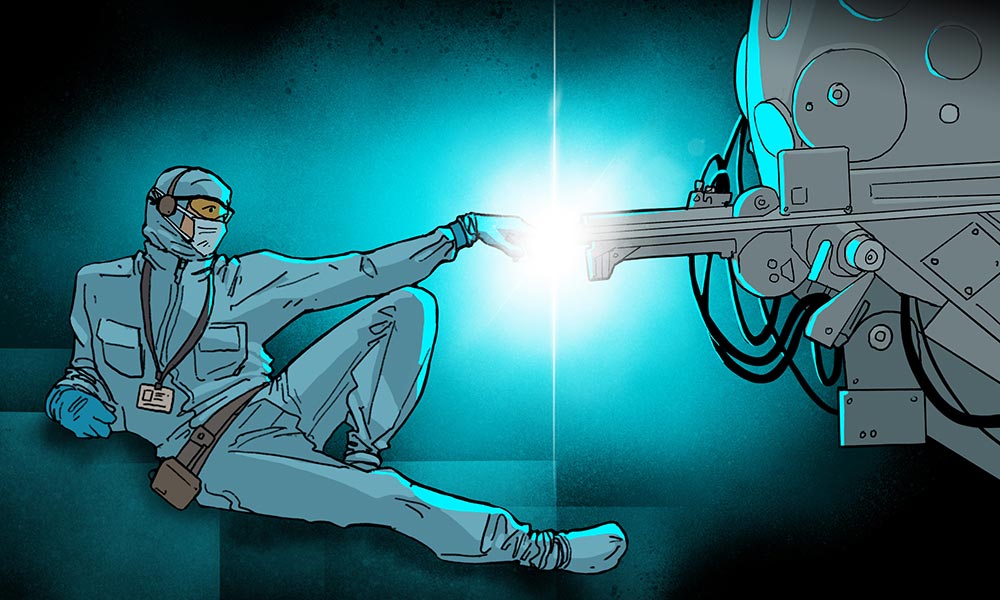
What is fusion, and why is it so difficult to create?
“All the stars, including the sun, are powered by fusion. We are here because of fusion. But fusion is really hard to create,” says E. Michael Campbell, director of the Laboratory for Laser Energetics.
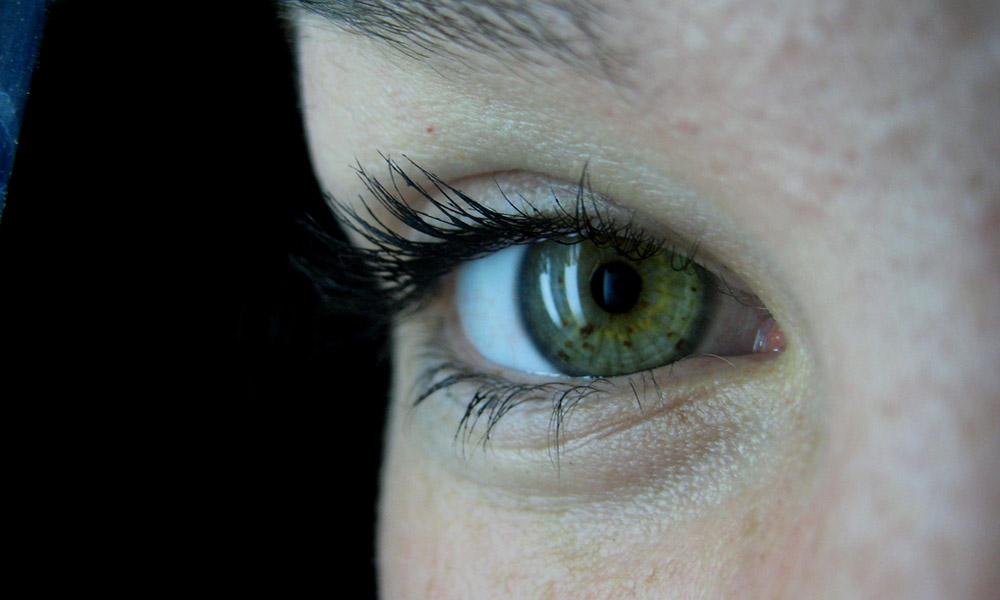
Chirped-pulse amplification: 5 applications for a Nobel Prize–winning invention
Every time you pick up your smartphone, you are holding a product made possible by a Nobel Prize–winning technology developed at the University of Rochester.

Rochester breakthrough in laser science earns Nobel Prize
University of Rochester doctoral graduate Donna Strickland ’89 (PhD) and former optics faculty member Gérard Mourou shared the Nobel Prize in Physics today for work they undertook at the University’s Laboratory for Laser Energetics. Their breakthrough paved the way for the creating very short and very intense laser pulses now used in a variety of applications, from LASIK eye surgery to the manufacturing of materials used in cell phones.
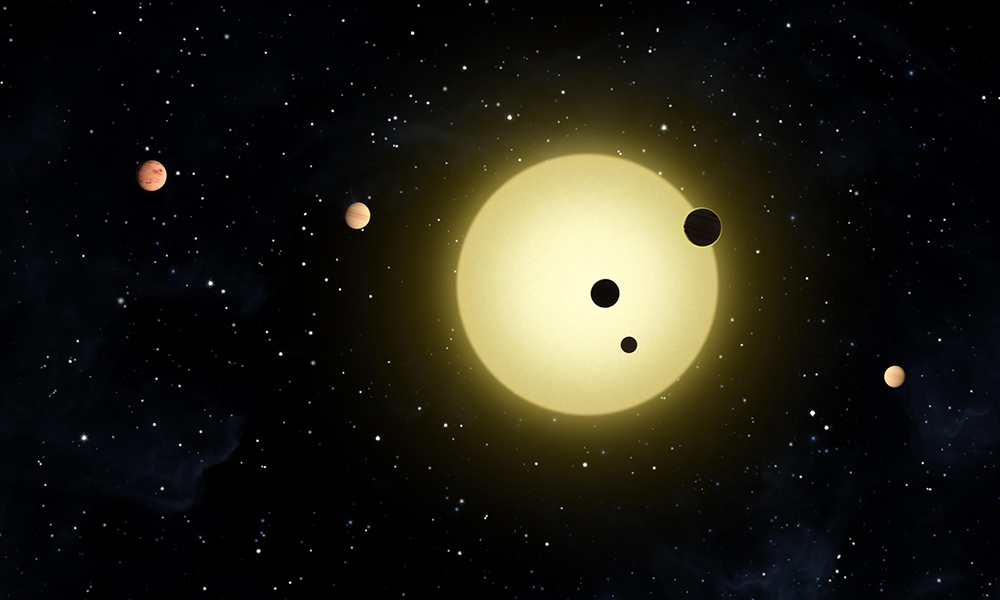
How might we detect possible intelligent life beyond Earth?
“There’s so much to look at, and we’ve done so little of it so far,” Rochester professor of astrophysics Adam Frank told NPR’s All Things Considered.
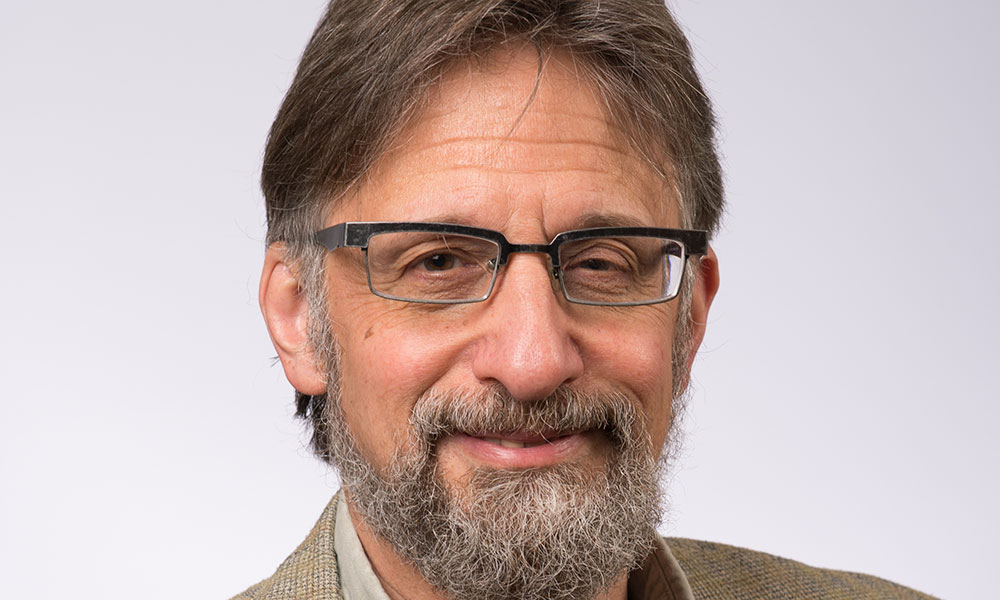
Professor recognized for transforming understanding of human language
The Cognitive Sciences Society has presented longtime professor of brain and cognitive sciences Michael K. Tanenhaus with the David E. Rumelhart Prize, recognizing a “significant contribution to the theoretical foundations of human cognition.”

How Donna Strickland’s URochester research won a Nobel
Donna Strickland ’89 (PhD), a self-described “laser jock,” receives the Nobel Prize, along with her advisor, Gérard Mourou, for work they did at the Laboratory for Laser Energetics. Twelve people…

Researchers target protein that protects bacteria’s DNA ‘recipes’
In a new study, Rochester biologists describe some of the unique characteristics of the protein that makes bacterial like E. coli so resilient. Their research may lead to more targeted antibiotics and other drug therapies.
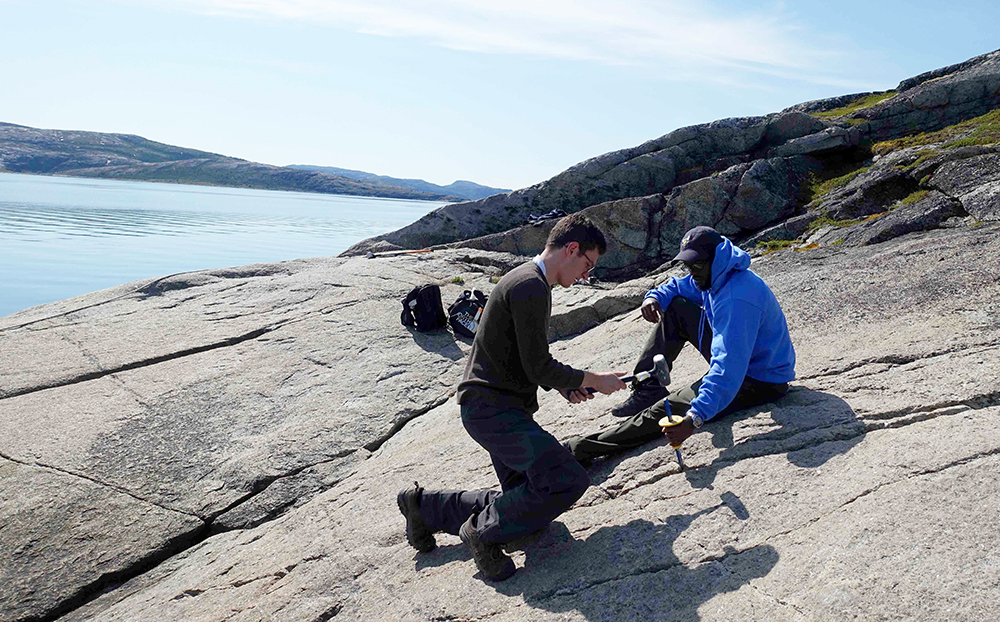
A sparkling summer in the field
Geology major Ben Crummins ’20, left, and physics major Frank Padgett III ’19 accompanied John Tarduno, professor and chair of earth and environmental sciences, to Labrador, Canada, this summer where the group conducted field work. The students sampled a rock known as anorthosite, which contains labradorite crystals. Labradorite crystals have the special property of refracting and reflecting light, which results in a unique iridescence. (University of Rochester photo / John Tarduno)
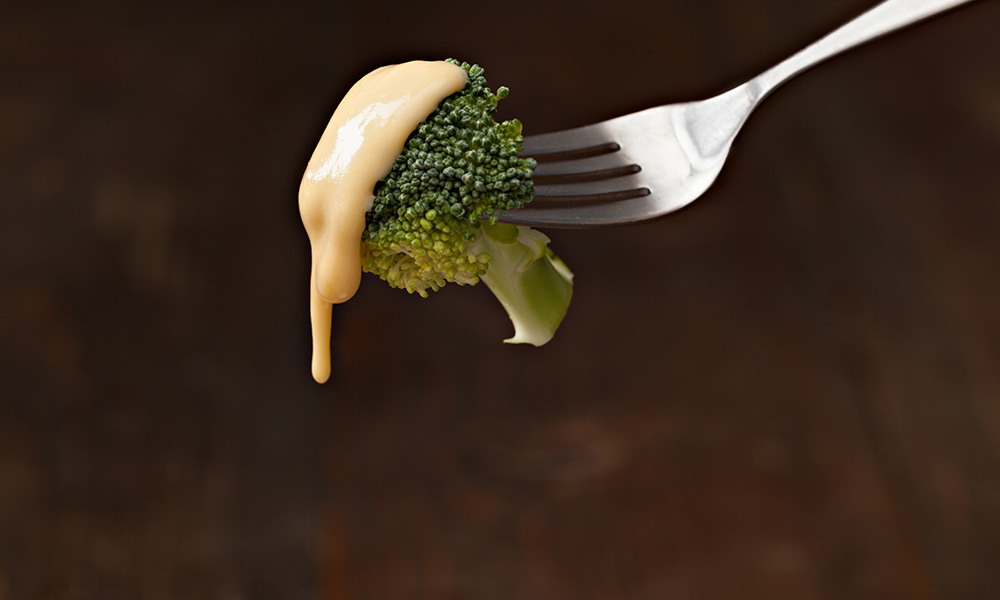
Lipid droplets play crucial roles beyond fat storage
You may not know it, but whenever you eat cheese, ice cream, or yogurt, you are also ingesting microscopic lipid droplets. Long thought of merely as formless blobs of fat, lipids are now proving crucial for understanding how embryos survive and how obesity affects the body.

